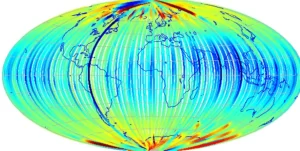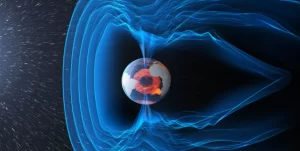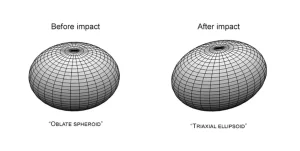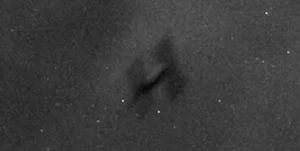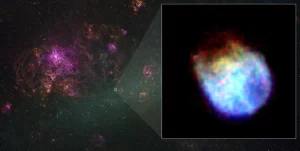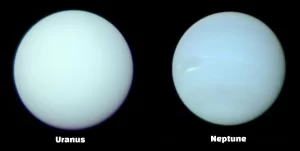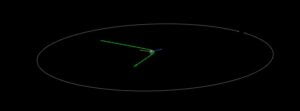Piece of largest object ever jettisoned from ISS crashes into Florida home, U.S.
In March 2021, NASA ground controllers deployed the International Space Station’s (ISS) robotic arm to discard a cargo pallet (EP-9) containing obsolete nickel hydride batteries, following upgrades to lithium-ion units. This operation set a record for the heaviest item jettisoned from the ISS. While the entire pallet was expected to disintegrate before reaching Earth’s surface, a fragment of this hardware survived atmospheric re-entry and struck a residence in Naples, Florida, in March 2024.


